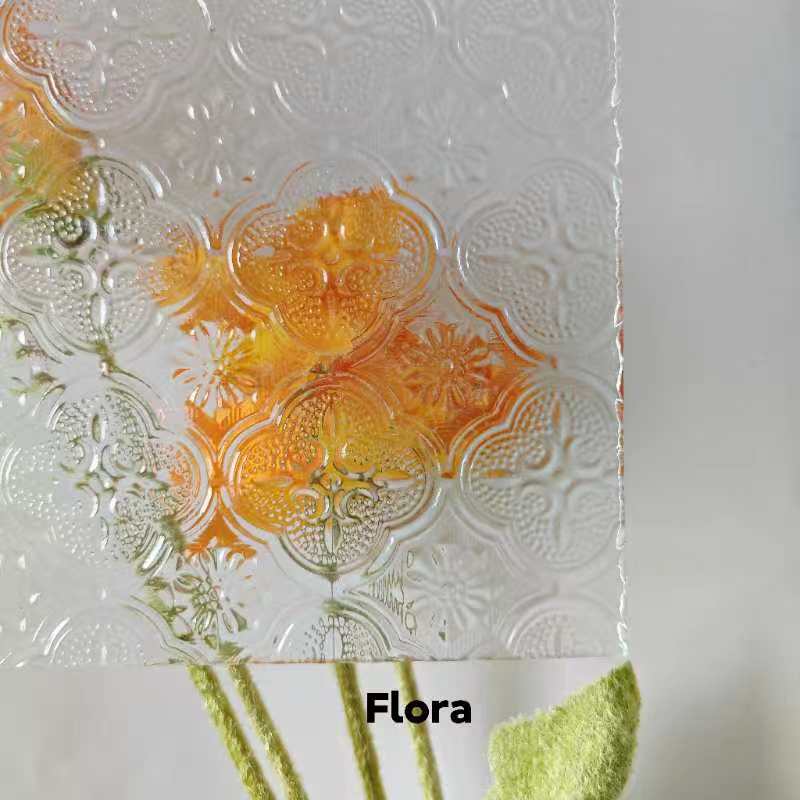

Understanding Tinted Glass Types Enhancing Aesthetics and Functionality
Tinted glass has become increasingly popular in various industries, particularly in construction, automotive, and interior design. Its unique qualities not only contribute to the aesthetic appeal of a space or vehicle but also provide functional benefits such as heat reduction, glare control, and privacy. In this article, we will explore different types of tinted glass, their applications, and the advantages they offer.
What is Tinted Glass?
Tinted glass refers to glass that has been treated or altered to include pigments or chemicals, resulting in reduced transparency and a tinted appearance. This modification allows for various shades and colors, which can enhance the visual appeal of structures and vehicles while also fulfilling functional needs.
Types of Tinted Glass
1. Laminated Tinted Glass This type of glass is created by sandwiching a layer of tinted interlayer material between two sheets of clear glass. The result is a strong and durable product that not only provides tinting but also enhances safety and sound insulation. Laminated tinted glass is commonly used in commercial buildings and car windshields.
2. Insulated Tinted Glass Comprising two or more panes of glass separated by a spacer and sealed to create an air space, insulated tinted glass is designed to improve energy efficiency. The tinting decreases heat transfer and protects interiors from UV rays. This type is ideal for residential windows and storefronts where maintaining temperature control is crucial.
3. Tempered Tinted Glass This type of glass undergoes a special heating and cooling process, making it much stronger than standard glass. Tempered tinted glass is resistant to impacts and thermal stress, making it suitable for high-traffic areas and environments with extreme weather. It is often used in shower doors, glass partitions, and facades.
4. Reflective Tinted Glass Incorporating a thin metallic coating, reflective tinted glass significantly reduces glare and solar heat gain, improving energy efficiency and comfort. This type is commonly used in high-rise buildings, commercial properties, and large storefronts where sunlight can create vast heat and light challenges.
5. Photochromic Tinted Glass A more advanced technology, photochromic tinted glass darkens in response to sunlight. This type is typically used in eyewear and is increasingly being integrated into smart building technologies and automotive applications, providing dynamic light control.

6. Dyed Tinted Glass In this process, colorants are added during the glass manufacturing process. The resulting tinted glass offers a consistent shade throughout its thickness, which adds to its aesthetic appeal. Dyed tinted glass is often used in decorative applications, such as stained glass windows or art installations.
Benefits of Tinted Glass
- Energy Efficiency Tinted glass can significantly reduce heating and cooling costs by minimizing solar heat gain, allowing buildings and vehicles to maintain comfortable temperatures with less energy consumption.
- UV Protection One of the critical advantages of tinted glass is its ability to block harmful UV rays. This feature protects health by reducing the risk of skin damage and prevents interior furnishings from fading.
- Privacy Tinted glass provides an additional level of privacy for occupants without sacrificing natural light. This is particularly beneficial in offices, residential settings, and bathrooms.
- Glare Reduction The reduction of glare is essential for comfort, particularly in settings where screens or monitors are used extensively. Tinted glass helps improve visibility and reduces the strain on the eyes.
- Aesthetic Variety Available in a wide range of colors and shades, tinted glass enhances the architectural appeal of buildings and vehicles, allowing for creative designs that can match or contrast with surrounding elements.
Conclusion
Tinted glass is more than just a visual enhancement; it brings a multitude of functional benefits that can lead to significant energy savings, increased comfort, and improved safety. As technology advances, the options for tinted glass will continue to expand, providing even greater versatility and performance for various applications. Understanding the different types of tinted glass and their uses can help consumers and designers make informed choices, ultimately enhancing both form and function in their projects. Whether for a modern façade or a stylish vehicle, tinted glass stands as a testament to innovation in the world of design and architecture.